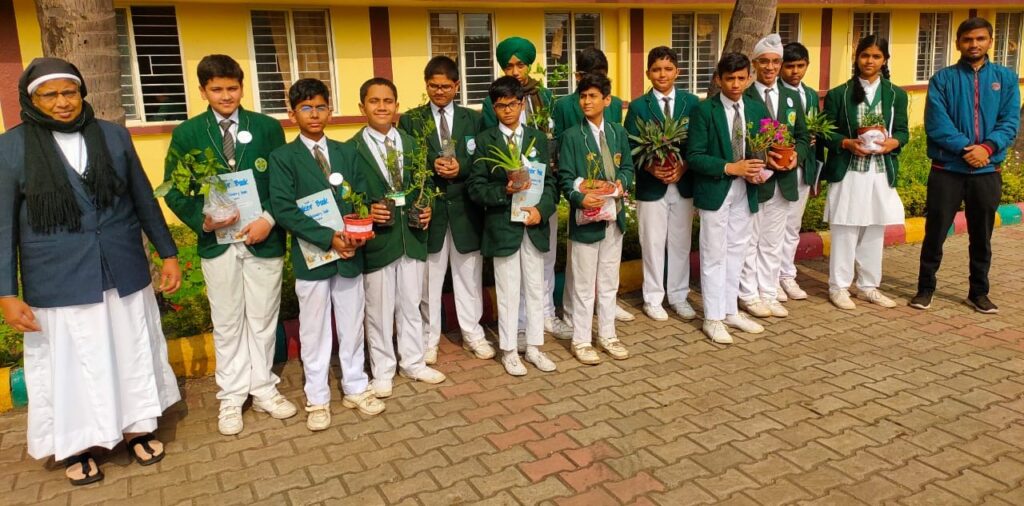
How do you teach students the significance of the environment and the importance of plants?
Teaching students about the importance of the environment and plants goes beyond traditional classroom subjects. While we have dedicated lessons on the environment in our school, we recognize the need to ensure that these lessons truly impact students’ mindsets. Often, discussions about climate change, rising temperatures, and related topics are done. We want our students not just to talk about these issues but to actively engage in understanding and addressing them.
When developing our workbook, our team sat together to discuss and understand how do we teach students on important life lessons, fostering empathy, and instilling a connection to society and nature, alongside teaching practical skills such as carpentry, electronics, and robotics. And the main challenge was not just this but to design a hands-on activity for it so that student feels the activity, actually engage in the activity and not just do it for the sake of getting marks in the examinations.
At Young Tinker, our philosophy is centered around not merely teaching students about the hard skills but guiding them in the art of living.
After several iterations, we devised a hands-on activity for our Tinker Program. As part of this activity, every student in our Tinker Program is encouraged to plant a sapling at the beginning of their learning journey. This activity serves multiple purposes. It educates students about different plants and their significance, imparts basic gardening skills, and instills a sense of responsibility. Throughout the year-long program, students track the growth of their plants by measuring their height. This tracking process requires regular care and nurturing, fostering a genuine attachment between the student and their plant.
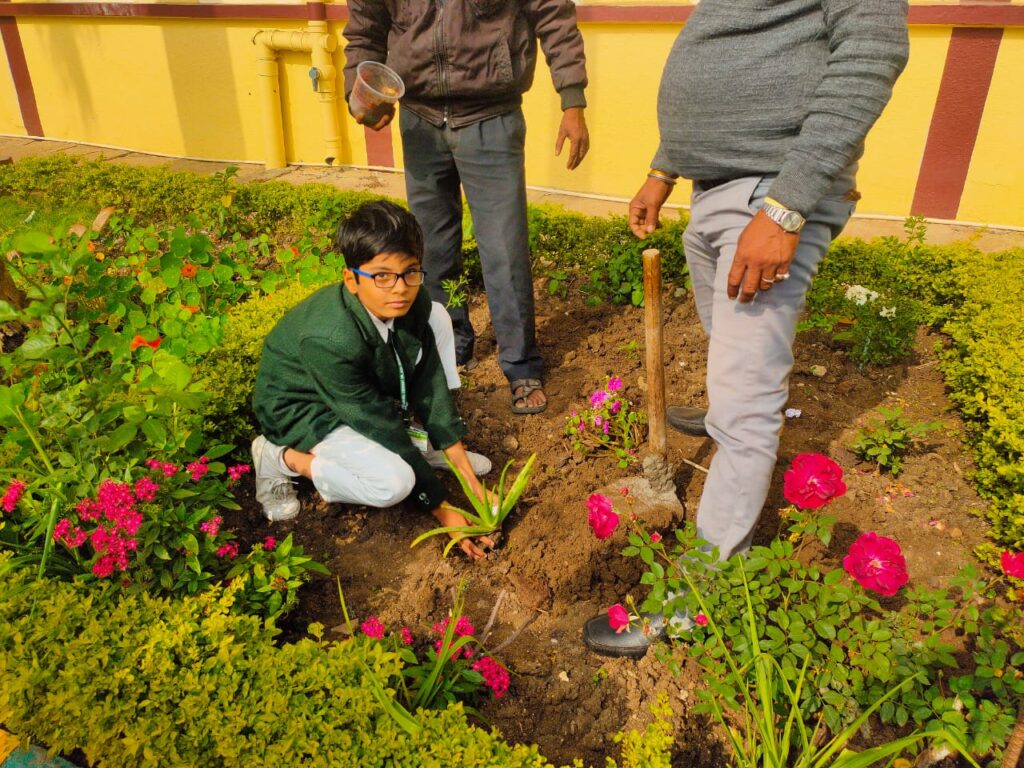
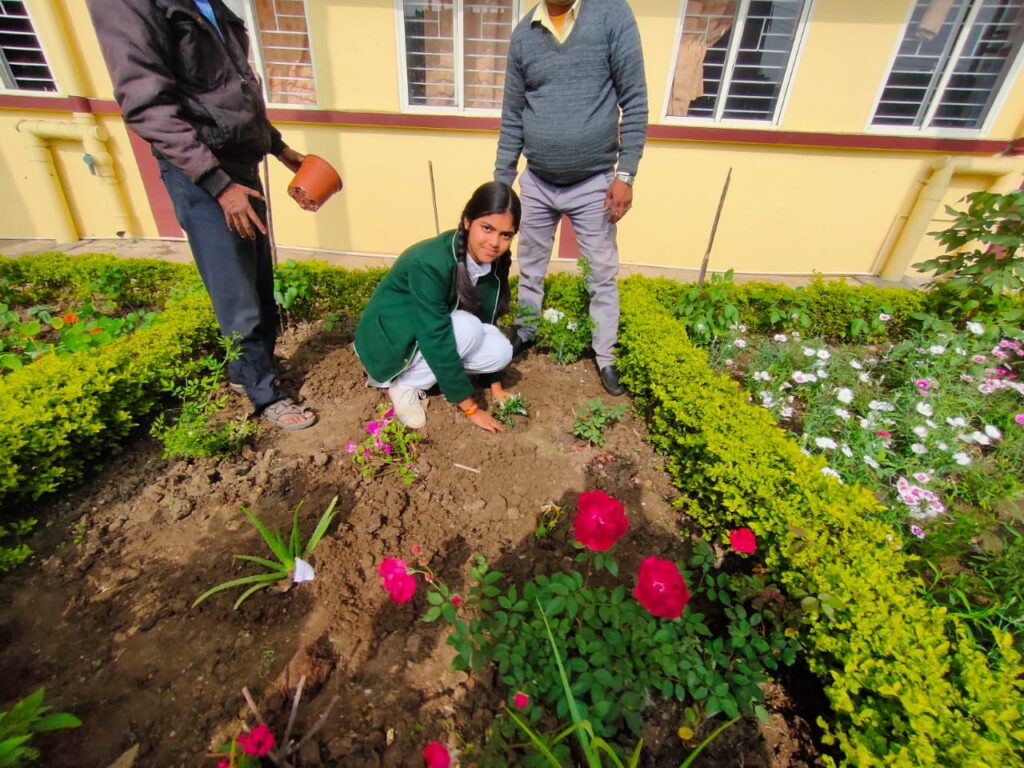
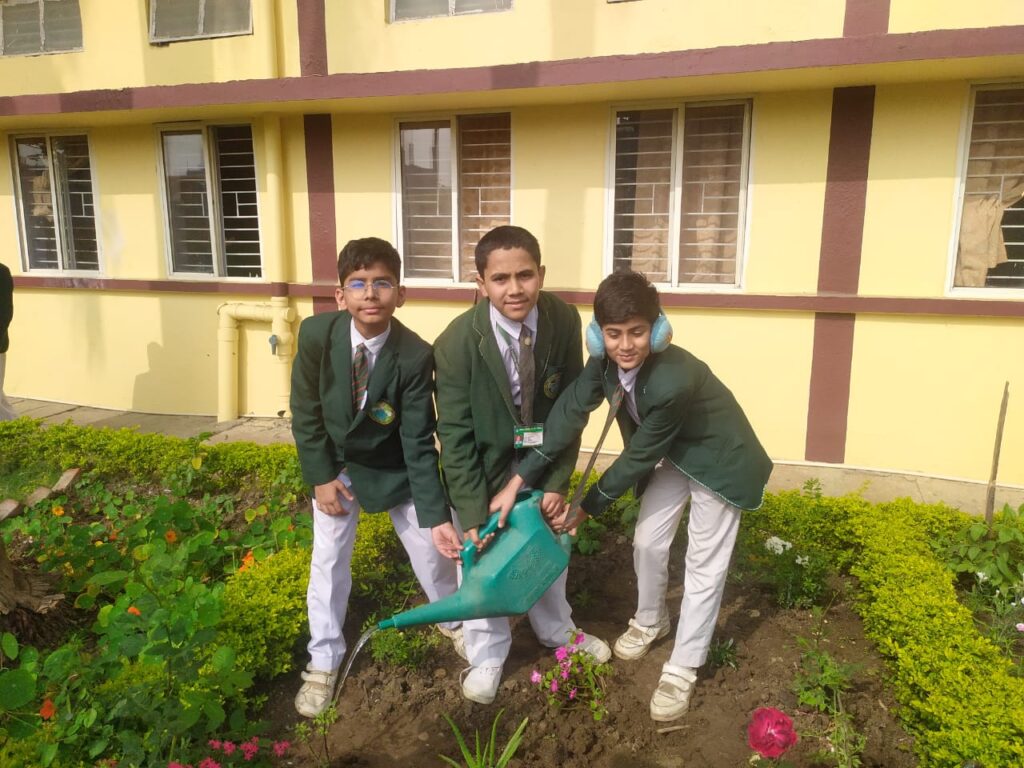
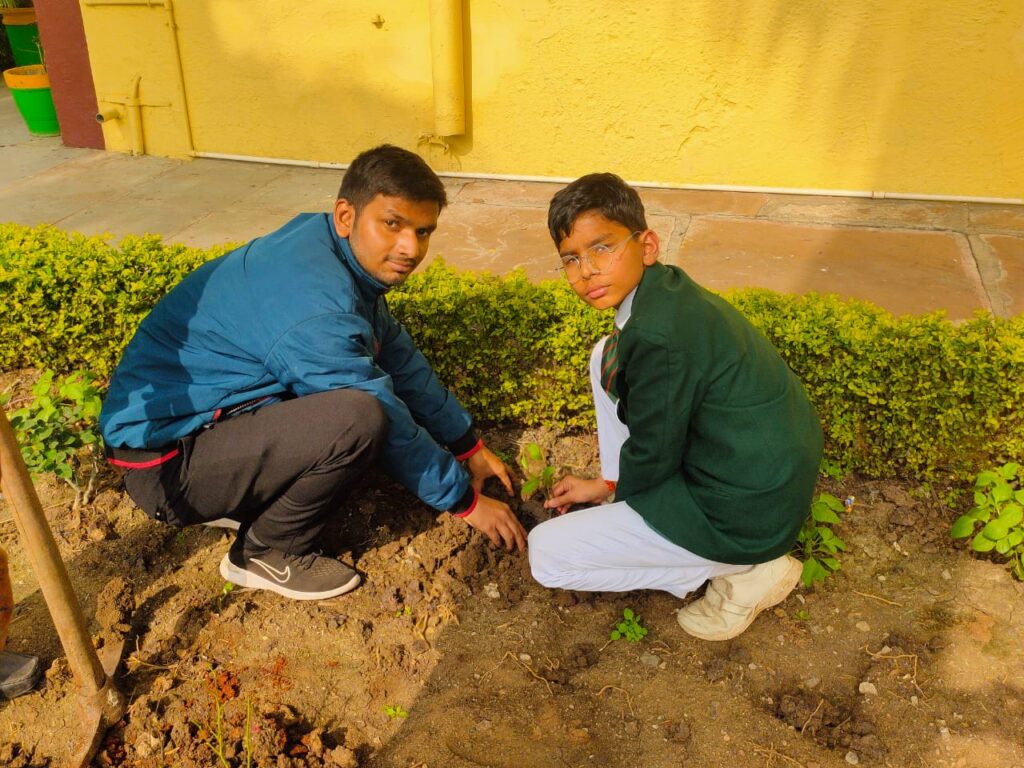
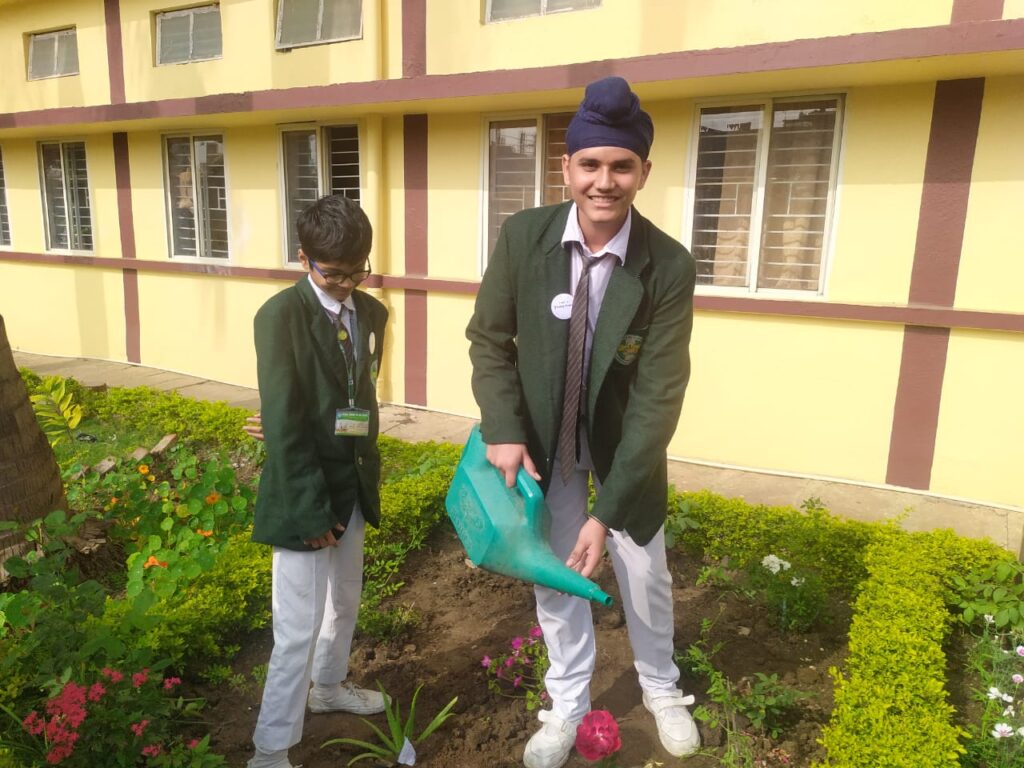
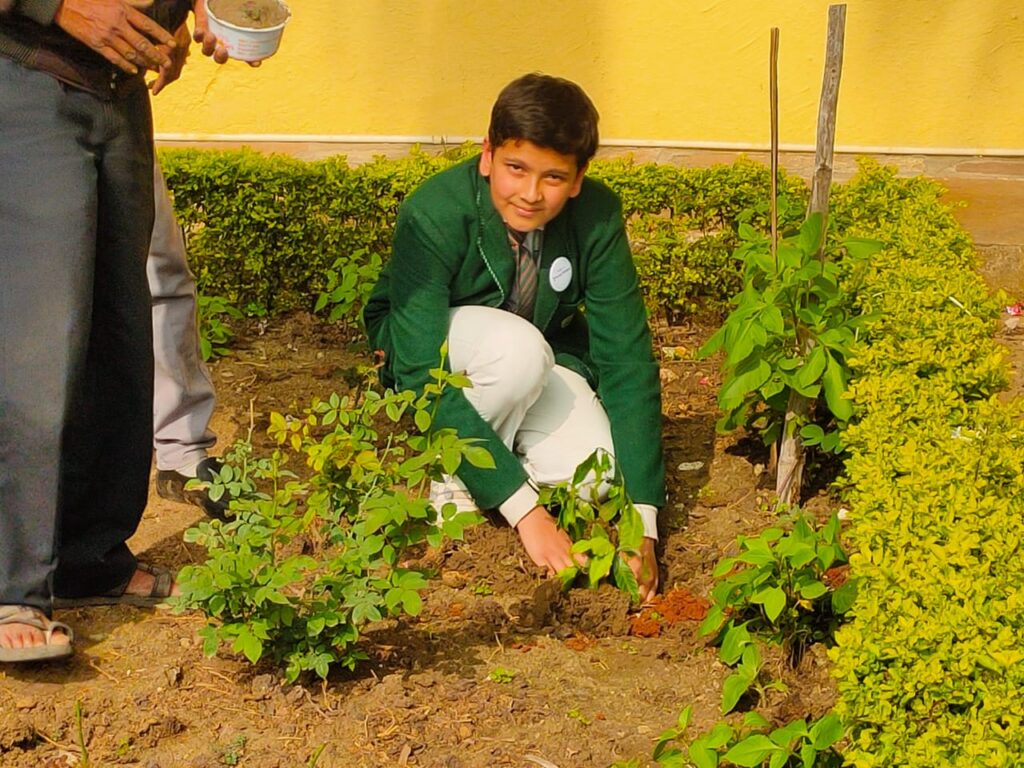
By the end of the program, not only has each student nurtured a plant, but the school also gains a new garden😊 . This hands-on approach ensures that students not only learn about environmental concepts but also actively participate in practical activities that contribute to their understanding and commitment to the environment.